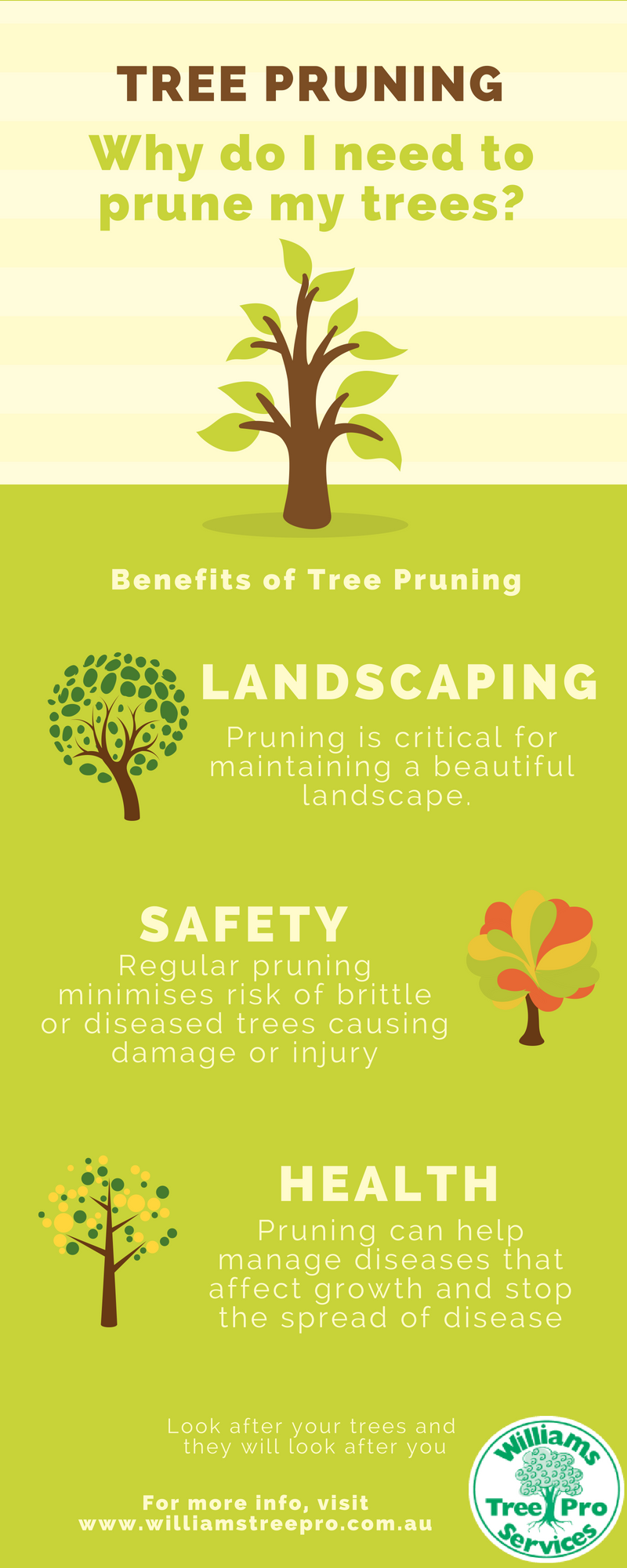Indication For Tree Elimination: Exactly How To Detect Hazardous Trees
Indication For Tree Elimination: Exactly How To Detect Hazardous Trees
Blog Article
Material Produce By-Velling Connell
When it pertains to tree care, recognizing the indicators that it's time for removal is vital for your safety and residential or commercial property. You could observe discolored leaves, wilting branches, or strange fungal growths indicating illness. Architectural problems, like a significant lean or splits in the trunk, can additionally position threats. Recognizing these indication can help you make notified decisions about your trees and avoid potential dangers lurking in your yard. What should you search for following?
Signs of Decay and Condition
When you observe signs of decay and disease in your trees, it's vital to act swiftly. Seek blemished fallen leaves, wilting branches, or unusual developments like fungus. These can suggest that your tree is battling.
If you see cracks in the bark or soft, mushy timber, these symptoms recommend interior decay. Additionally, a sudden rise in pests around your tree can signal that it's compromised and at risk.
Look for any type of dead or passing away limbs, as they posture a threat to your property and safety. If you're uncertain about what you see, getting in touch with an arborist can offer quality.
Dealing with these signs early can conserve you from more comprehensive damage and make sure the health of your lawn. Do not wait up until it's far too late.
Structural Instability and Leaning
As you observe your trees, keep an eye out for any kind of indications of architectural instability or leaning. If a tree leans considerably, it might indicate that the root system is jeopardized.
Try to find any kind of cracks in the trunk or dirt around the base; these can signify potential failure. Furthermore, check for uncommon growth patterns, like an uneven crown, which may suggest that the tree is battling to hold itself upright.
If you see that the tree leans toward your home, power lines, or other frameworks, it poses a higher danger. Do not ignore these signs-- seek advice from an arborist to analyze the scenario.
Doing something about it early can stop costly damage and ensure your security.
Dead or Dying Branches and Foliage
If you observe dead or dying branches and vegetation on your tree, it's a clear indication that something's wrong.
These unhealthy areas can indicate underlying concerns like disease, pest infestations, or ecological stress. When branches shed their fallen leaves or turn brown, they're no more adding to the tree's wellness. Overlooking these indicators can lead to further decline, making your tree extra unsafe.
https://www.bobvila.com/slideshow/25-no-effort-plants-for-a-foolproof-landscape-48752 can easily break short during tornados, presenting a risk to residential property and people nearby. It's essential to assess the extent of the damages.
If the issue impacts a significant part of the tree, think about speaking with a specialist. They can help figure out if removal is needed to make sure safety and keep the elegance of your landscape.
Final thought
If you notice any kind of indicators of degeneration, structural instability, or dead branches on your trees, don't overlook them. Trim Palm Tree can present severe safety risks to you and your home. It's always best to get in touch with a professional arborist that can offer an expert evaluation of your trees. Taking action early can stop accidents and pricey damages, guaranteeing your landscape stays safe and healthy. Remember, it's better to be positive concerning tree care than to await a calamity to happen.
